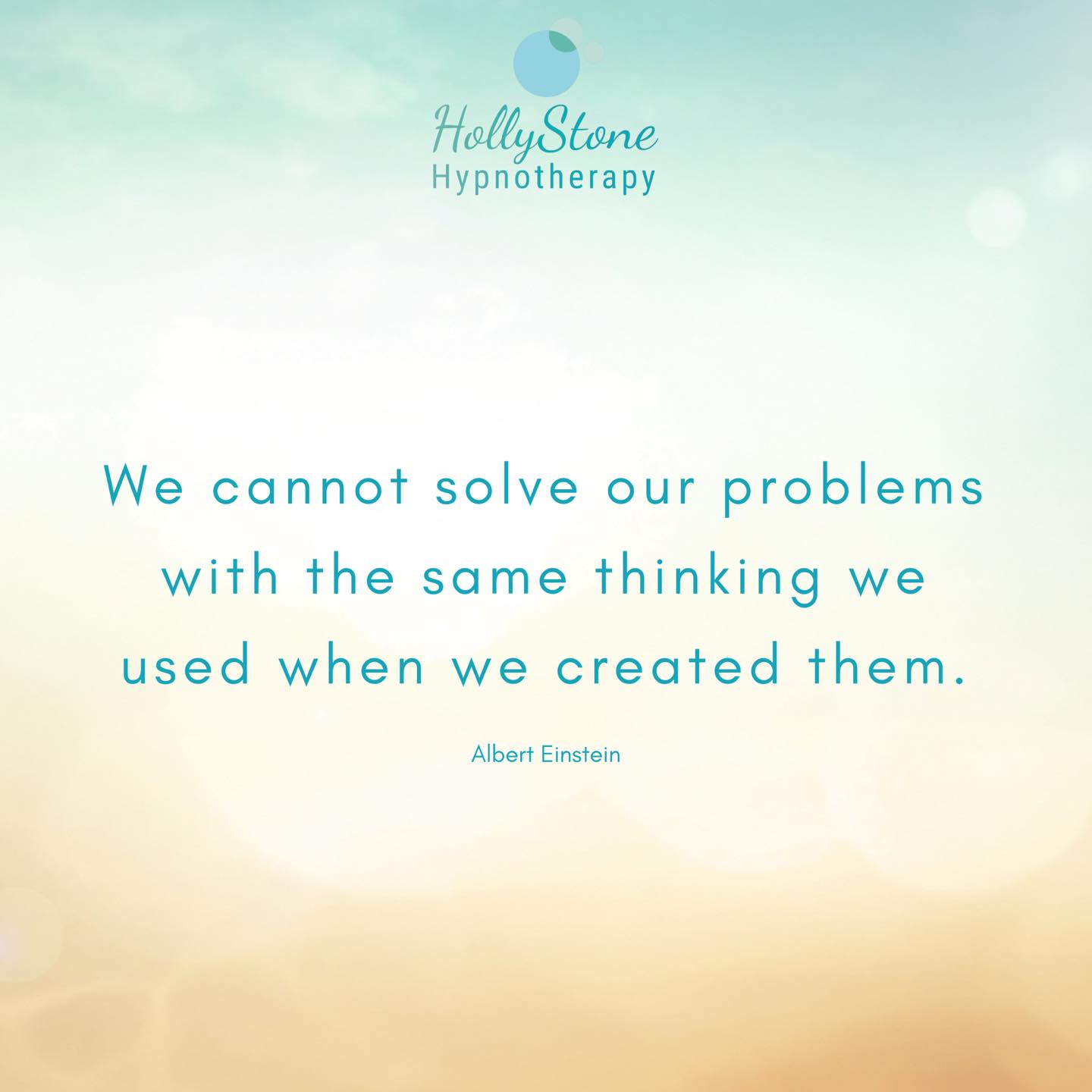Understanding Neuroplasticity: The Brain’s Capacity for Change
For many years, it was believed that the brain stopped developing after childhood, becoming a fixed and unchanging organ. However, research since the 1980s has revealed the remarkable truth: our brains remain plastic and adaptable throughout life. 
What is Neuroplasticity?
Neuroplasticity refers to the brain’s capacity to adapt in response to experiences, learning, or even injury. Like well-trodden paths in a field, our habitual thoughts and behaviours create neural pathways in the brain. These pathways can be reinforced with repetition or replaced by forging new ones. This concept is often summarized by the phrase,
“neurons that fire together, wire together.”
Over time, with consistent effort, unhelpful patterns of thinking can be “rewired” to promote healthier habits.
How Does Neuroplasticity Work?
Recent studies show that new neural connections can form in as little as 7 days of practice, underscoring the brain’s responsiveness to change. Conversely, unused pathways weaken over time, illustrating the “use it or lose it” principle. This adaptability explains how habits can be formed and unlearned, making neuroplasticity a powerful tool for overcoming anxiety, depression, and other challenges. Imagine a large field of corn with well defined pathways laid out by the tractors that farm them. If Jeremy Clarkson where to want to farm these fields differently and create tracks that run perpendicular to the current ones he would have to drive his tractor over the same new tracks daily to create a new pathway. If he didn’t drive them daily in the first few days the corn would spring back up and the pathway would be lost and he would have to start again. In time the original pathways would be lost and teh new pathways would be seen to be dominant.
Supporting Neuroplasticity
– Engaging in Novel Activities: Challenging the brain with new skills—like learning a language or playing an instrument—stimulates growth.
– Mindfulness and Hypnotherapy: Practices like Solution Focused Hypnotherapy guide the mind into a relaxed state, allowing access to the subconscious and creating a fertile environment for rewiring negative thought patterns.
– Physical Activity: Exercise boosts blood flow to the brain, supporting its adaptability.
– Restorative Sleep: Deep sleep consolidates new pathways, strengthening what we learn during the day.
Demonstrations of Neuroplasticity
Videos like Dr. Lara Boyd’s TEDx talk, “After Watching This, Your Brain Will Not Be the Same,” offer clear, engaging explanations of neuroplasticity in action. She demonstrates how different activities—whether physical or mental—shape the brain uniquely. Similarly, resources like the University of California’s UCTV program on brain health provide insights into how neuroplasticity supports cognitive resilience at any age.
Why It Matters
Neuroplasticity is empowering. It shows that age, setbacks, or ingrained habits are not barriers to change. As a clinical hypnotherapist, I use this principle to help clients rewrite negative scripts, develop resilience, and achieve their goals. With the right tools and persistence, the brain’s capacity for transformation is limitless.
For more information, check out Dr. Lara Boyd’s TEDx talk [here](https://www.youtube.com/watch?v=LNHBMFCzznE) or
watch Michael Merzenich, a pioneer in neuroplasticity, explain its significance [here](https://www.youtube.com/watch?v=-FaqHIpUtWI).
If you are struggling to change an unhelpful behaviour please do get in touch to see how I may be able to help you. holly@hollystonehypnotherapy, 07909951338



